US tariff announcement opens new window for Bangladesh garment exports

The deep concerns over the impact of a 35 percent tariff on Bangladeshi exports—particularly on key items like garments—to the US are finally over, as President Donald Trump has announced the final reciprocal tariff rates for the concerned countries, including Bangladesh.
Under the new policy, Bangladesh will face a 20 percent tariff, equivalent to the rate imposed on Vietnamese exports. India faces a higher tariff at 25 percent, while Pakistan's is 19 percent—a little lower than Bangladesh's.
This 20 percent rate is considered a benchmark under the reciprocal tariff framework, which is additive in nature. This means the existing average tariff of 16 percent will be added to the benchmark, bringing the total tariff to 36 percent for Bangladesh's exports to the US market.
However, the rate is still considered competitive for Bangladesh. The country mainly exports five key garment items to the US: formal woven shirts, knitted polo shirts, trousers for both men and women, underwear, and sweaters. These account for 80 percent of Bangladesh's annual garment exports to the US, with lower tariffs. The good news is that the tariff rates on these items are lower than the declared rates.
If Bangladesh exported $8.2 billion worth of garment items to the US last year, 80 percent of that came from these five categories. With the new tariff, the average duty on these top five items will now stand lower. The new tariff structure takes effect today.
In contrast, high-end garment items such as jackets, activewear, sportswear, skiwear, mountain wear, and fire-resistant garments face tariffs ranging from 30 to 32 percent. Vietnam and China are the primary exporters of such high-end apparel to the US.
So, if Vietnam's benchmark tariff is 20 percent and the existing duty on high-end garments is 32 percent, its total tariff will climb to 52 percent, although this will not apply to all garments exported by Vietnam to the US.
India's tariff has been set at 25 percent, which is five percentage points higher than Bangladesh's. Moreover, Trump has indicated that punitive duties may be imposed on Indian goods due to its business dealings with Russia. This could further weaken India's competitiveness in the US market. Additionally, India lacks the production scale to rival Bangladesh in apparel exports to the US.
Pakistan also lacks the capacity to compete effectively with Bangladesh, despite having a slightly lower tariff of 19 percent. The country suffers from limited large-scale manufacturing infrastructure and a shortage of skilled workers. However, both India and Pakistan benefit from local cotton production—a key strength for their textile industries.
China, the world's largest apparel exporter, is still negotiating tariff terms. Currently, Chinese garments face a hefty tariff of 55 percent. This raises expectations that many US buyers will shift orders from China to Bangladesh.
Similarly, Trump has imposed a 40 percent tariff on garments if they are found to be transshipped through Vietnam to avoid Chinese duties. Vietnam's garment sector relies heavily on Chinese raw materials, investments, and supply chains, making it difficult to maintain its position in the US market under the new rules.
Currently, Bangladesh is the third-largest garment exporter to the US after China and Vietnam, with a 9.3 percent share in the American apparel import market worth $80 billion.
In recent years, Bangladesh has even surpassed China in exporting trousers and denim to the US.
To capitalise on the new opportunities, Bangladesh must urgently improve its business environment, attract more investment, and ensure a reliable gas supply to industrial units in order to secure a greater share of the global apparel market.

 For all latest news, follow The Daily Star's Google News channel.
For all latest news, follow The Daily Star's Google News channel. 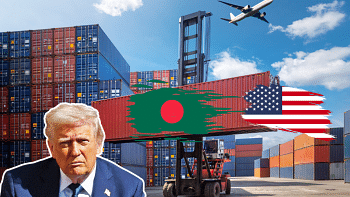



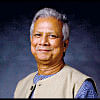
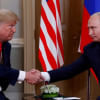
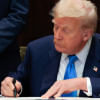
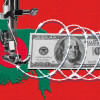
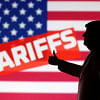

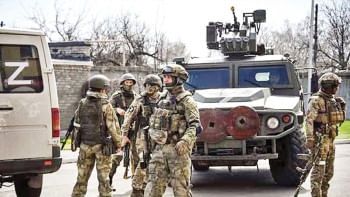
Comments